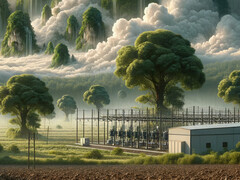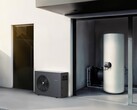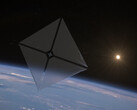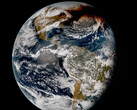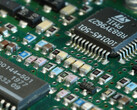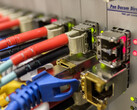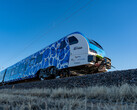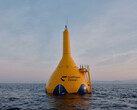The promise is pretty big: as long as there is moisture in the air, i.e. actually always, electricity can be generated from a specially designed battery.
At this stage, the battery is the size of a postage stamp and supplies enough voltage to power an alarm clock. The aim is to achieve approximately 10,000 times the size. That would be just under one square meter (10 sq. ft.).
The generator for electricity from air humidity is made up of two thin layers, which are connected to each other by extremely fine pores. Their diameter corresponds to the average free path of a water molecule. This is the distance that the particle typically travels without encountering another.
With such fine pores, the water vapor passes through the construction, but causes considerably more impact on one side than on the other. It is precisely this circumstance that creates a voltage difference - and you get a battery.
Basically, it is the same principle that gives us an electric shock on the car door in certain weather conditions or makes a balloon stick to a wool sweater.
The next step is to tackle scaling. Because the layers described, including nanopores, are only as thick as a human hair, they can be combined, enlarged and layered up further and further.
The forecast for the future may sound a little optimistic, but it's not completely out of the blue. Ultimately, the humidity battery should be able to supply several kilowatts - around the clock. The main thing is that humidity is available.
Hydrovoltaics is also an issue elsewhere
There are other approaches to generating energy from the presence of water alone. As early as ten years ago, voltage peaks could be provoked by water droplets flowing over a charged surface - with a strength of 1,200 volts.
And then there is the drinking bird. The toy, which has been known for decades, converts the energy from the evaporation of water into movement. Combining many of these birds into a large complex is also being discussed.
The only thing that doesn't seem really practical at the moment is recharging your electric car with a gigantic area of drinking birds - even if the sun doesn't have to shine and the wind doesn't have to blow. It will be interesting to see when hydrovoltaics becomes more than just a niche topic.


